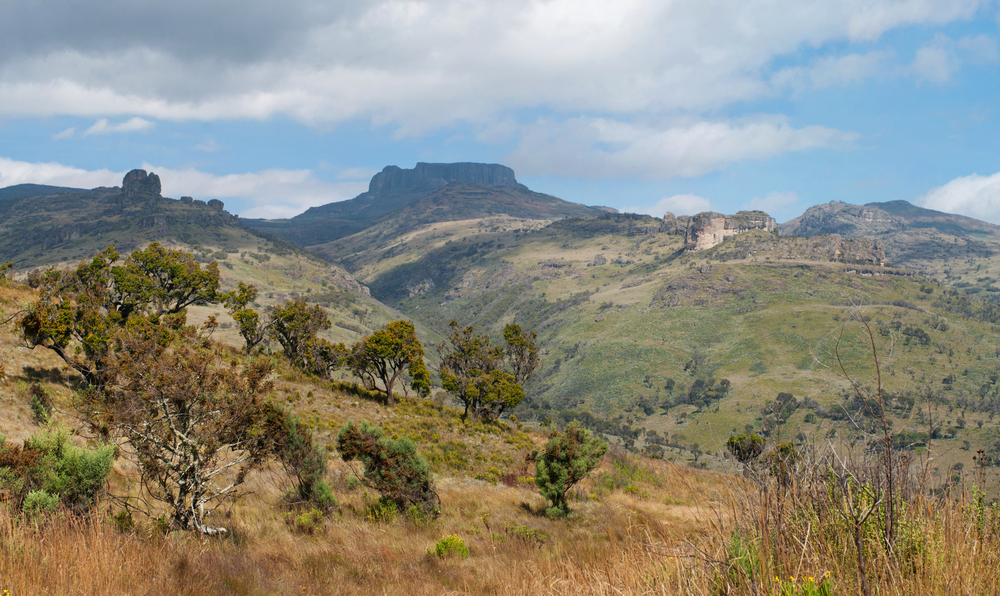Masai Mara Overview
Masai Mara National Park, often simply referred to as the Masai Mara, is one of Africa’s most famous wildlife conservation areas and a jewel in Kenya’s tourism crown. Located in the southwest of Kenya, along the Tanzanian border, the reserve forms part of the Serengeti ecosystem and spans an area of approximately 1,510 square kilometers (about 583 square miles). The Mara is named after the Maasai people, the traditional inhabitants of the area, and the Mara River that bisects the park.
The reserve is renowned for its exceptional population of lions, leopards, cheetahs, and elephants, and the annual migration of wildebeest, zebra, and Thomson’s gazelle to and from the Serengeti every year from July to October, known as the Great Migration. This spectacular event is one of the most impressive natural events worldwide, with over two million animals migrating in pursuit of fresh pasture and water.
The landscape of the Masai Mara is typified by vast grasslands, rolling hills, and riverine forests, creating a habitat rich in food and water that supports a wide array of African wildlife. In addition to the Big Five (lion, elephant, buffalo, leopard, and rhinoceros), the Mara is home to over 95 species of mammals and over 570 recorded species of birds, making it one of the most diverse ecosystems on the continent.
Masai Mara National Reserve offers a variety of safari experiences, from game drives and hot air balloon flights to walking safaris and cultural visits to Maasai villages. Its accessibility, combined with the high density of wildlife, makes it a favorite destination for safari-goers, photographers, and nature lovers from around the world.
The reserve’s significance extends beyond its wildlife; it is a crucial conservation area and plays a key role in research and education on ecosystems, biodiversity, and conservation challenges. The Masai Mara’s breathtaking landscapes and rich wildlife populations continue to inspire and attract visitors, making it a must-visit destination for anyone looking to experience the essence of the African savannah.
Park Map
Masai Mara National Park Highlights
Engaging Masai Mara
Masai Mara National Park Trails
Sources
- Africa Geographic Travel, Masai Mara, https://travel.africageographic.com/destinations/kenya/maasai-mara/#information, retrieved March 2023.
- Britannica, Masai Mara National Reserve, https://www.britannica.com/topic/Masai-Mara-National-Reserve, retrieved March 2023.
- Discover Africa, Masai Mara National Reserve, https://www.discoverafrica.com/safaris/kenya/masai-mara-national-reserve/, retrieved March 2023.
- Masai Mara, https://www.masaimara.com/, retrieved March 2023.
- Magical Kenya, Masai Mara Game Reserve, http://www.magicalkenya.com/places-to-visit/wilderness-areas/masai-mara-game-reserve/, retrieved Narch 2023.
- National Geographic, Mara Plains Camp: About the Destination, https://www.nationalgeographiclodges.com/lodges/africa/mara-plains/about-the-destination/#.XTsihpNKi1s, retrieved March 2023.
- William, J.G., National Parks of East Africa, HarperCollings Publishing, 1995.









































































































